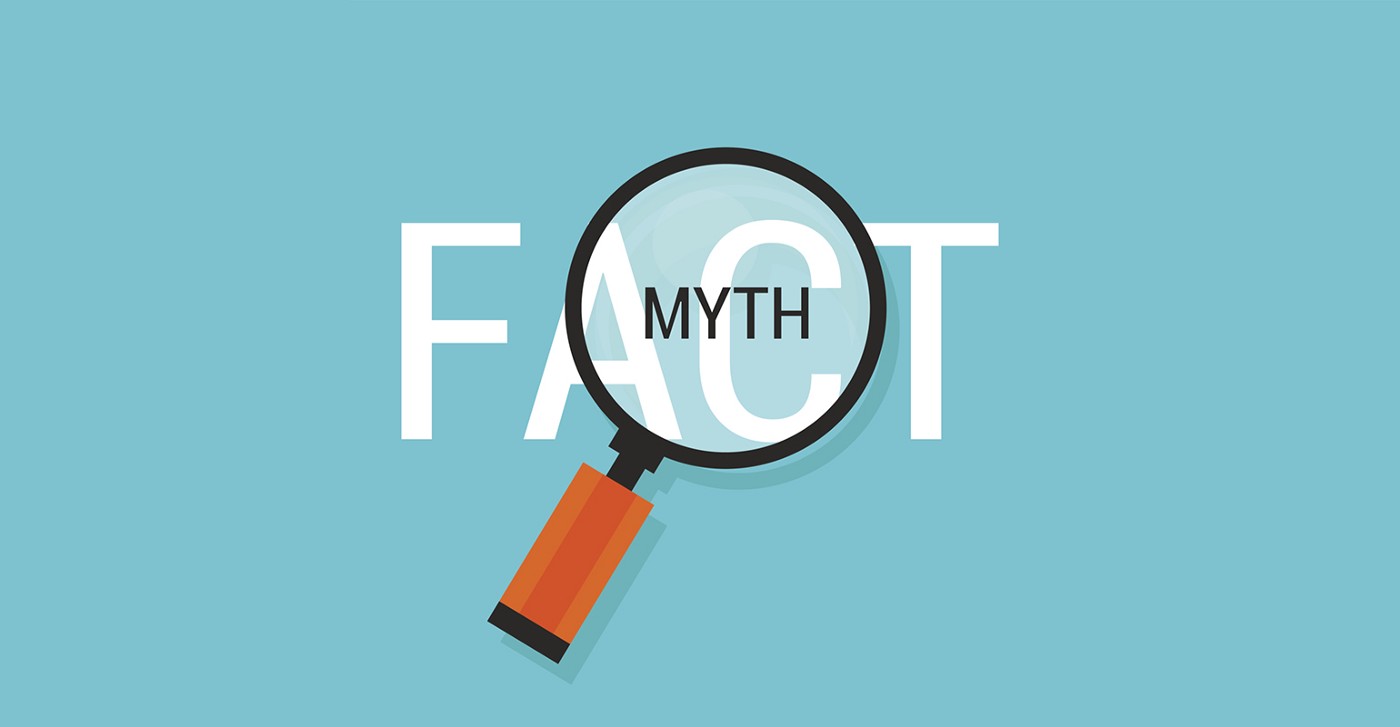A business management approach and enterprise software platform connected to the real-time gathering, storing, and interpretation of data for fundamental business activities is called enterprise resource planning (ERP). With the goal of ensuring error-free production transactions, ERP integrates diverse organisational systems and streamlines information flow among all company operations.
The market for ERP software is worth billions of dollars, and both small and large businesses are increasingly using ERP systems. Despite its widespread use, there are still misunderstandings about enterprise resource planning and how it is applied in the modern economy. Let’s examine a few of the myths.
Misconception 1: The cost of ERP is too high.
Although expensive, cutting-edge ERP systems can still be found, technological developments like mobile and cloud computing are predicted to lower the cost of ERP software. Also, depending on usage, certain ERP software providers may provide variable pricing packages.
Misconception #2: Only large businesses should use ERP
Smaller organisations are increasingly able to investigate enterprise resource planning thanks to the rising opportunities for customisation provided by technical progress. Formerly, larger companies were more likely to employ ERP systems. There are many different types and sizes of ERP solutions. No matter how big or small the business, picking the proper ERP solution is essential for successful deployment and durability.
Misconception #3: Only CEOs and management profit from ERP
Indeed, ERP can give higher management crucial information for making decisions. Yet, the advantages may trickle down to the whole company, enhancing operational processes and raising worker productivity at all levels. With the use of enterprise resource planning, information can be shared widely, which offers a number of benefits including better project planning, reduced work duplication, lower purchasing prices, and improved communication. In other words, ERP solutions can be advantageous to the entire business.
Misconception #4: The main purpose of using ERP solutions is to impress clients.ERP solutions undoubtedly have the ability to amaze clients if properly implemented and used. But that is not their only or even their main goal. Enhancing operational efficiency and raising the calibre of products and services can help businesses increase consumer loyalty and fortify client connections.
Misconception #5: There is an one ERP solution.
It’s crucial to compare ERP solutions and pick the one that best suits your needs in light of your company’s needs, market trends, functionality, and features. A manufacturing facility that produces a number of items may have different enterprise resource planning requirements than a company that only produces one product. A manufacturing facility that creates metal products will also employ different procedures than a chemical plant. Depending on the specific business objectives, different features and capabilities should be looked after in an ERP system.
Myth #6: CRM, MRP, SCM, and ERP are all interchangeable
Other systems aimed at various corporate processes include enterprise resource planning (ERP), supply chain management (SCM), customer relationship management (CRM), and manufacturing resource planning (MRP). Depending on the needs of the firm, these systems can be deployed and connected separately or together.
Myth #7: The implementation of ERP takes too long
The length of time needed for an ERP deployment is typically determined by a variety of variables, including the size of the business, leadership expectations, user count, level of customization, scope and technical complexity of the change, and resource availability. The time investment needed for successful implementation could consequently range from a few months to a few years.
Myth #8: ERP is a piece of technology that belongs in the IT division.
Enterprise resource planning is a company asset that needs ownership and input from front-line employees to C-suite executives, across departments, and at all levels of the corporate hierarchy. So, even if information technology (IT) is a crucial component of the adoption and upkeep of ERP, every business function has a stake in the program’s success.
Myth #9: Enterprise Resource Planning is made possible by an ERP system.
Enterprise resource planning is made easier by an ERP system. To adapt the system, however, to a company’s unique demands, qualified personnel are needed, which necessitates significant product knowledge and implementation experience. Additionally, even though ERP solutions can increase productivity and efficiency in many ways, some corporate operations still call for manual intervention and direction.
The adoption of enterprise resource planning can enhance human operations at work by reducing errors, saving time, and reducing costs. Nonetheless, the human element of such procedures is not eliminated.

